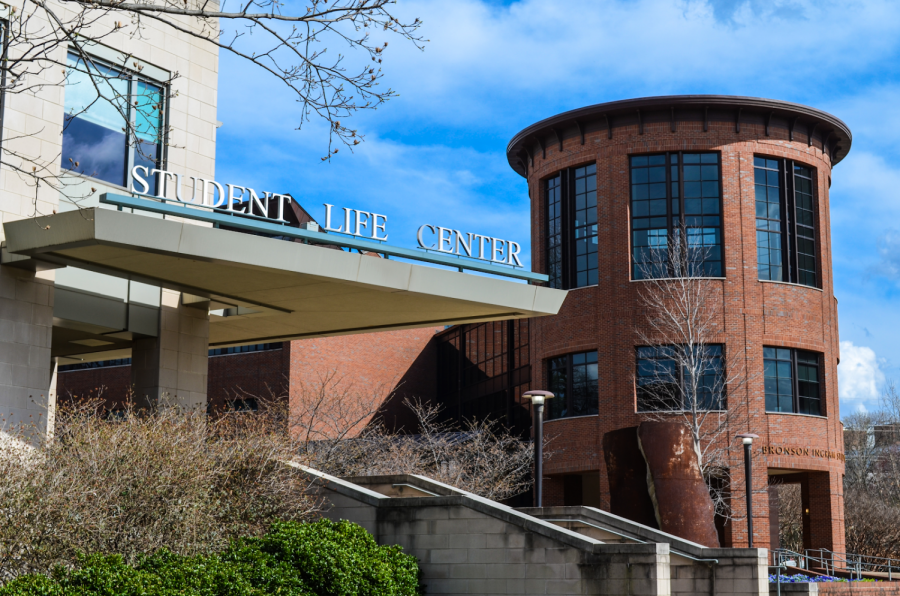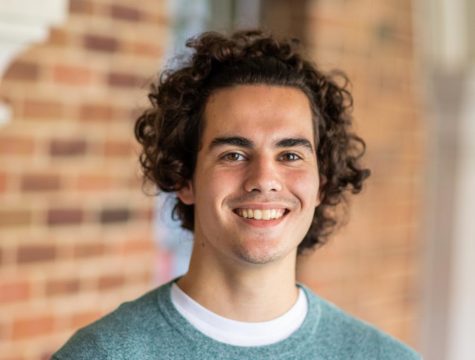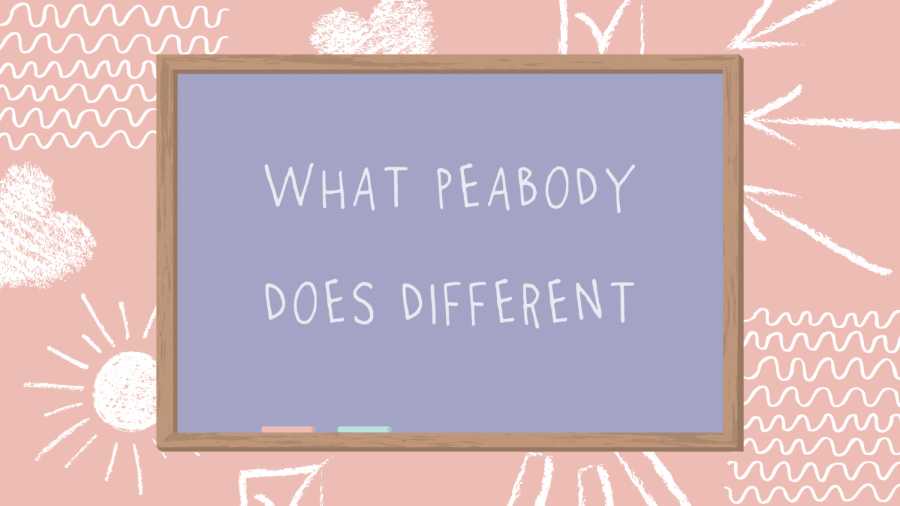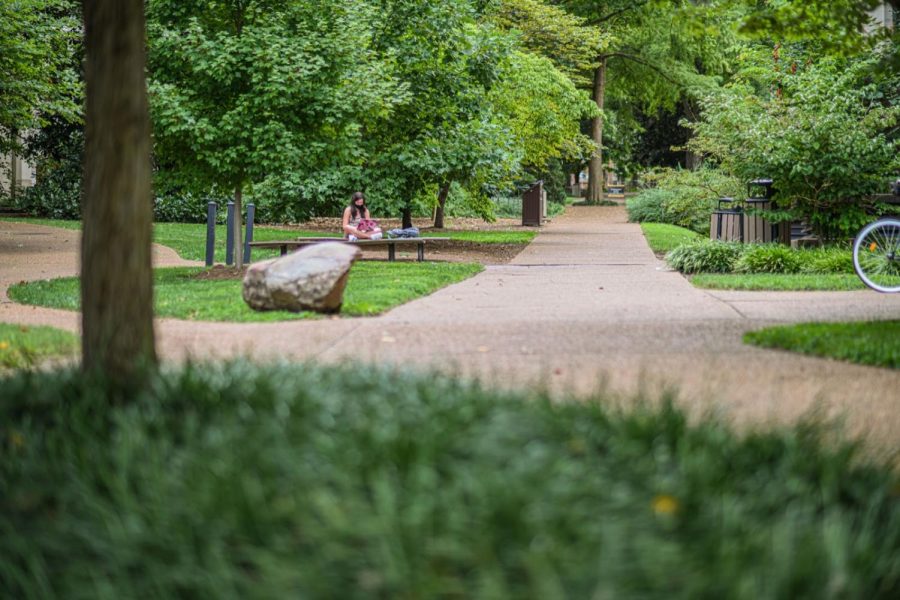Vanderbilt offers 70 pre-existing majors and 65 minors, but since the 1990s, students have also been able to design their own, per Assistant Dean of Undergraduate Education in the College of Arts and Science Andrea Hearn.
34 percent of students pursue more than one major as an undergraduate at Vanderbilt, according to a university blog post on interdisciplinary studies. However, nine percent of the Class of 2019 completed a self-designed interdisciplinary course of study instead. According to Hearn, currently about a dozen students are pursuing self-designed curricula.
The College of Arts and Science’s individually-designed interdisciplinary major program enables students to create a more personalized course load if they feel no pre-existing major fits their academic needs.
“I wanted to go into business, but I didn’t think Human and Organizational Development (HOD) was the right track,” first-year public policy major Olivia Margo said. “I was just kind of conflicted because I didn’t want to do economics, and I didn’t want to do HOD.”
Students write out a proposal for why they want to pursue their envisioned major, then design a tentative course load. As stated in the interdisciplinary major guidelines, the proposal should be a written rationale for the students’ intended major of about two pages in length. Students who choose an interdisciplinary major will be required to fulfill 48 credit hours and maintain above a 2.0 GPA in order to fulfill graduation requirements. Those students’ degree audits in YES will state that 42 of those 48 hours must be dedicated specifically to the students’ chosen major.
Hearn serves as the head of the Committee on Individual Programs. Hearn, who started working with the program in the fall of 2020, meets with the rest of the committee once a month to discuss student proposals.
Last year’s committee included five faculty members, including department heads, from a range of disciplines. Hearn stated that committee members are suggested by herself and confirmed by the Dean of Undergraduate Education for the College of Arts and Science, John Geer. Typically, members stay on the committee for a period of at least three years to develop expertise on the essential aspects of the committee. According to the standing 2019-20 committee list, the committee included members of the English, History, Earth and Environmental Sciences, Economics and History of Art departments at Vanderbilt.
“[The interdisciplinary major] has been around probably since the 1990’s at least,” Hearn said. “The faculty wanted to allow students to have this opportunity to create things that were meeting their needs [and] would be consistent with the liberal arts focus.”
The guidelines also say that no pre-professional major—pre-medicine, pre-law or pre-business—can be the focus of a student’s interdisciplinary major, as it must be “consistent with the philosophy underlying a liberal arts education.”
Upon sending in a proposal, the Committee on Individual Programs will review the student’s prospective major in the next monthly meeting. Upon review, the committee will choose to either accept or offer revisions to each major. According to Hearn, the committee has never completely rejected any student but has suggested changes to their course loads.
“The idea is that this is a pretty special opportunity students have available to them, so we want them to put in some effort for them,” Hearn said. “If it’s supposed to draw on lots of disciplines it needs to have plenty of room to do that.”
Frequently, students who have lots of courses from a particular department or lack a coherent plan in their proposal are asked to reevaluate, per Hearn.
One student whose self-designed major was recently approved is sophomore Samuel Carton in the College of Arts and Science. The official name for his major is socio-ecological economics.
“It’s a combination of environmental science, environmental sociology, philosophy, ethics, public policy, anthropology and economics,” Carton said. “It’s a lot of different social sciences that I’m pretty passionate about.”
Margo expressed one of the reasons she was unsure about the program was the work involved in the process, specifically writing the proposal and creating a course schedule. Carton, however, said that while it took him some time to search through the course catalog, didn’t have much trouble writing his two-page proposal out.
“It was honestly a pretty easy process,” Carton said. “I think the biggest thing about it is it’s unknown, [but] it’s not too difficult to conquer.”
After graduation, Carton said that his dream job is to work in impact investment or sustainability consulting.
“I’m hoping that this gives me that background knowledge and an advantage in those conversations,” Carton said. “That will hopefully allow me to transition into some type of either graduate school, masters program [or] MBA and already have a little bit of this basic knowledge.”
An issue that first-year economics major Matt Bronikowski raised is whether the interdisciplinary major has the same status as a pre-designed major offered by the university.
“One thing that definitely concerns me is if the interdisciplinary major has the same credibility as more well known majors,” Bronikowski said. “It just seems tough to compete with established departments [at Vanderbilt].”
Hearn stated that the interdisciplinary major has a lot of potential for students who are willing to put in the work: rather than competing with other departments, a student has the opportunity to connect multiple in meaningful ways.
“I think it really gives you something to sell to future employers and graduate schools,” Hearn said. “You can say, ‘Look, I put this thing together, I designed this thing. It was a lot of work—I had to present it, I had to make it persuasive, I had to find a faculty advisor.’ I think it gives you a lot to sell.”
Hearn added that, aside from the personal benefit of studying a more personalized major, the interdisciplinary major is also rewarding for faculty. She expressed the importance of the program in allowing faculty to see where students’ interests lie, thus giving a lot of weight into what majors the university offers. One such major the university began offering in part because of the interdisciplinary major was neuroscience.
“Student after student kept proposing their own major that basically was neuroscience,” Hearn said. “The faculty said, ‘Hey, I think a lot of people want to major in neuroscience.’”
According to Hearn, the deadline for submitting a proposal for an interdisciplinary major works similarly to declaring a major. There is no strict cutoff, and in most cases, as long as a student can complete their suggested course load by graduation, they can select it as their major. Hearn stated that seniors can make changes to their courses up until the fifth day of fall classes, but theoretically they could get new courses approved at any point if the student can complete those courses prior to graduation. If an interdisciplinary major is a student’s first major, it must be declared the Friday before spring break of a student’s sophomore year. Because there was no spring break this year, the deadline for sophomores to declare a major was March 15.
Unlike a pre-designed major for which seats in a course can be reserved, Hearn said that YES cannot reserve seats for students who have designed their own major.
Hearn also said that students typically meet with her to discuss their ideas before submitting a proposal. She added that interdisciplinary majors tend to involve social or ecological science fields, but any student who demonstrates coherent diversity in their proposal qualifies for the individually-designed interdisciplinary major.
“I was thinking about double-majoring in some of the different areas I’m passionate about,” Carton said. “Then I realized that I could have the best of all of them in a more personalized curriculum.”










